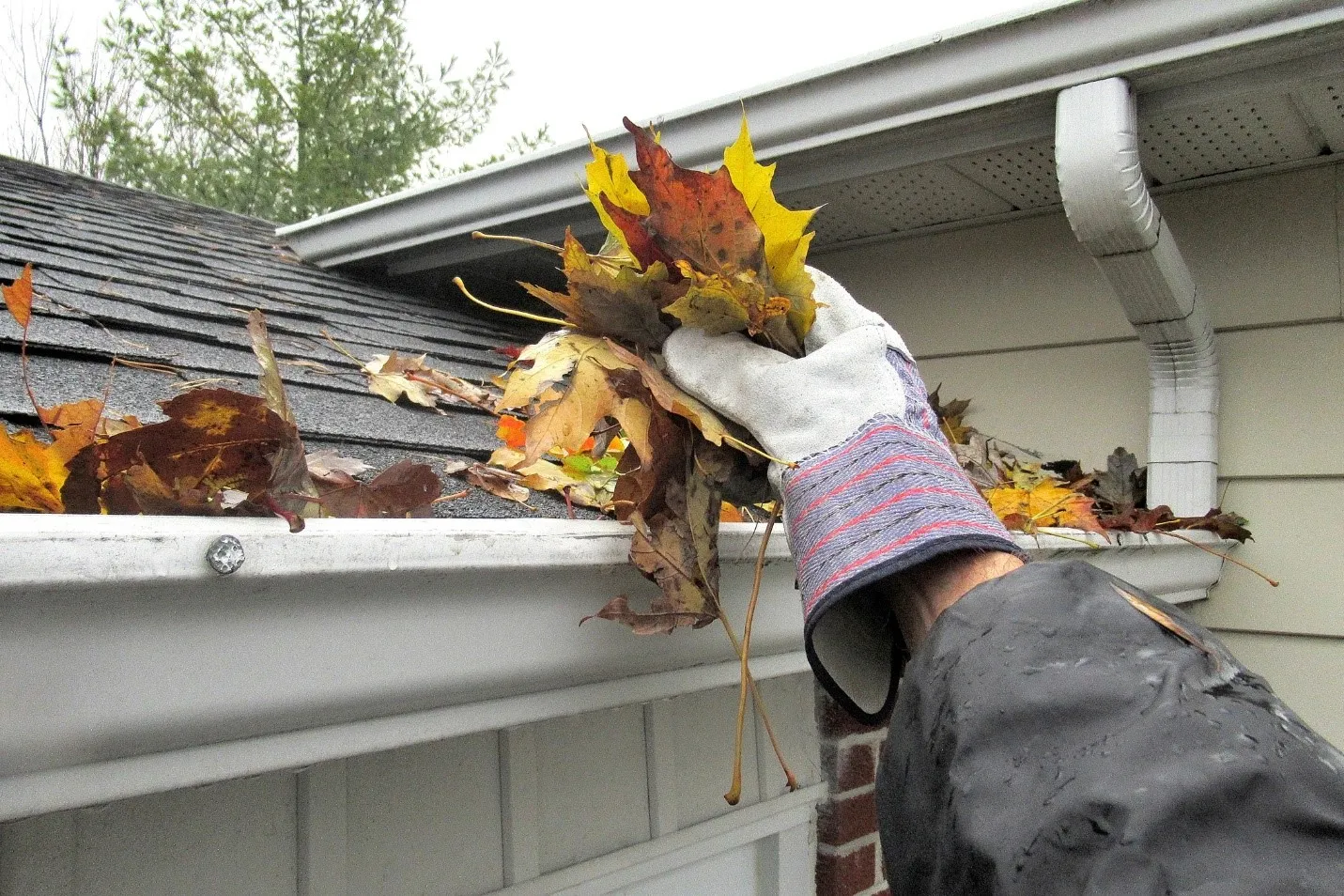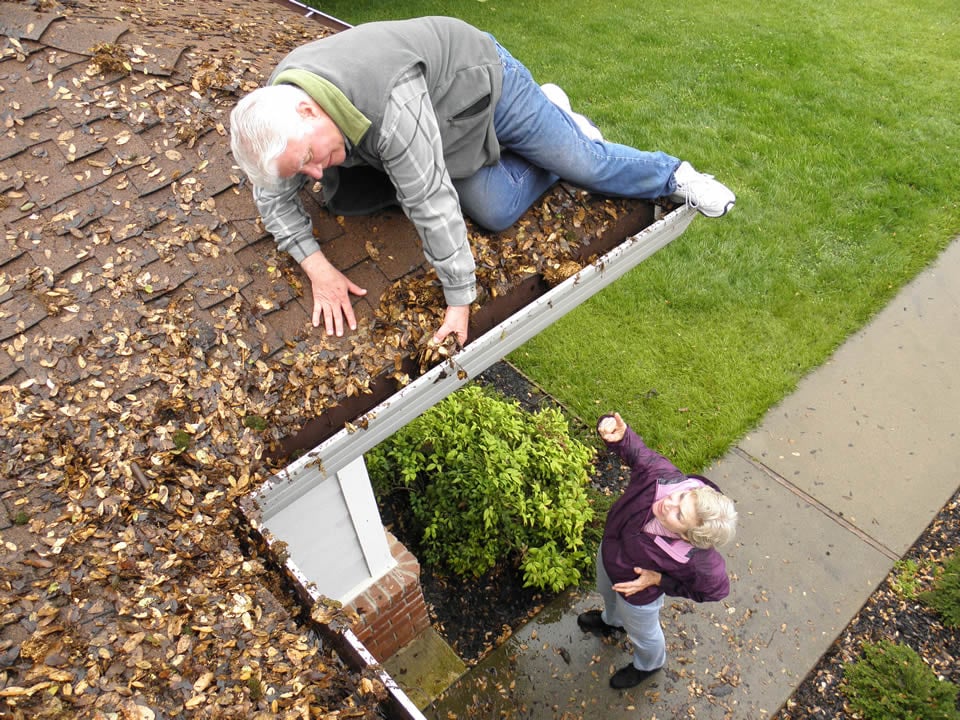Importance of Proper Gutter Sizing
Choosing the right gutter size for your St. Louis home is crucial to ensure efficient water drainage and prevent potential water damage. Properly sized gutters are essential in managing rainwater flow, directing it away from your home's foundation and preventing issues like flooding, erosion, and structural damage.
Inadequate gutter size can lead to overflow during heavy rainfall, causing water to seep into walls, basements, or crawl spaces, leading to costly repairs and potential health hazards like mold growth.
When determining the appropriate gutter size for your home, factors such as roof size, pitch, and local rainfall intensity must be considered. Larger roofs, steeper pitches, and areas prone to heavy rainfall require larger gutters to handle increased water volumes effectively.
Ensuring that your gutters are sized correctly will optimize their performance, prolong their lifespan, and safeguard your home against water-related damage. Trusting professionals like Gutter cleaning st louis can help you make informed decisions and ensure your gutter system is tailored to meet your home's specific needs.

